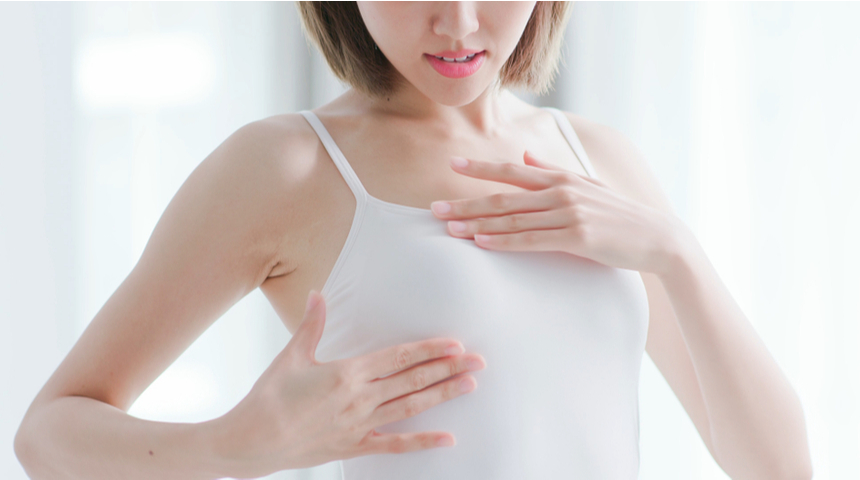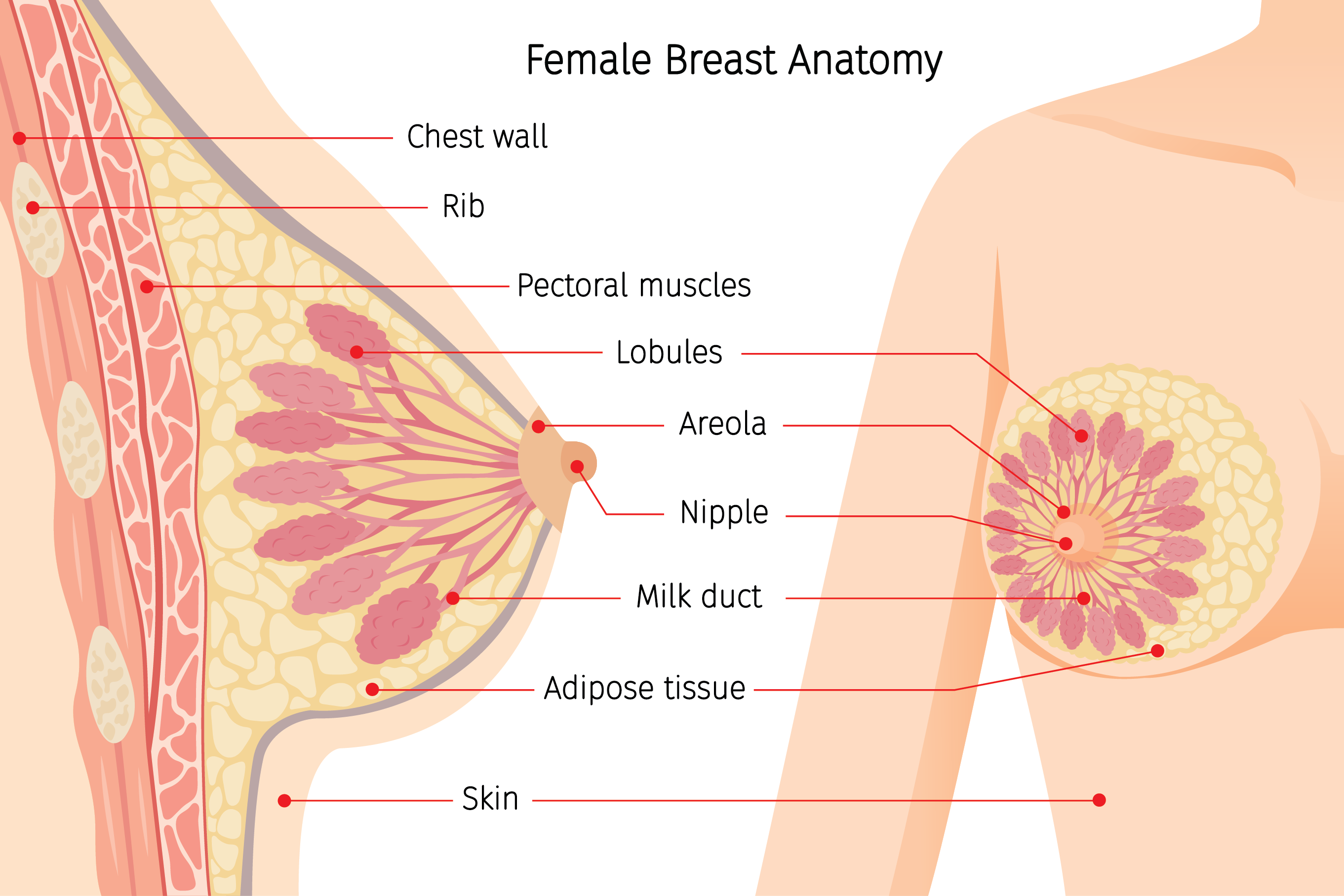
What Makes The Parts of The Outer Breasts?
We all have things that we use or have but do not quite understand it’s different parts or what’s inside. The same can also be said for our breasts; we love them, we know what they’re for, but not everyone knows what makes the parts of outer breasts and how it all works together.
The breasts are one of the most distinct features in the female body. Aside from being aesthetically distinct, it’s also the part of the female body that goes through a lot of changes. When puberty hits, the breasts become larger and more pronounced. During pregnancy, it changes to accommodate the production of breast milk for breastfeeding your child.
The breast is a specialized organ located on the anterior chest wall. This still makes it prone to health factors, one of which is breast cancer, which is one of the most prominent types of cancers across the globe. The breasts may also be prone to blisters and infection if not taken care of properly, as it is a very sensitive region.
With all this in mind, it’s important to know and understand the breasts and all the different parts within them, so we may be able to better take care of this vital part of our body. Below are the different parts of the outer breasts and what they are for. The breast is a very complex part of the body, but familiarizing yourself with the basic parts below will give you a much better understanding.
Parts of the Outer Breasts

Nipples
The nipples can be called the “crowning touch” of your breasts. It is sensitive to touch and temperature. This part is also the endpoint of breast milk production and the first place that a newborn seeks out.
Areola
The areola is the darker area of the skin surrounding the nipples. It may be small or large, round or oval in appearance. During puberty, the areola, along with the nipples, becomes more pronounced. When a woman becomes pregnant, the areola tends to grow in diameter and appear darker in color, which can remain even after pregnancy.
Within the areola, there are sebaceous glands, sweat glands, and modified mammary glands (glands of Montgomery).
Hair Follicles
Hair follicles can be seen on the outer breast, on the surface of the areola. Small bumps on the areola may be hair follicles, so it would not be a surprise if hair grows on that area or other parts of the breast skin. For grooming, you may carefully trim them; using tweezers to pull them out may cause pain and increases the chance of infection.
Montgomery Glands
The small bumps on the areola may be hair follicles, and/or modified mammary glands called Montgomery glands, which are also referred to as areola glands. It is a combination of milk glands and sebaceous glands that release a small amount of breast milk. However, it mostly produce a natural, oily substance that cleans and lubricates the nipple and areola. This oily substance contains antibacterial properties, helping to protect the breasts from infection by preventing the growth of microorganisms and germs.
Lobes and Lobules
There are 15 to 20 lobes that surround the nipple on each breast. Inside these lobes are smaller lobules, which have tiny bulbs that are responsible for producing breast milk. These are connected to the ducts for the milk to flow to the nipples. The spaced between the lobes and ducts are filled with fat.
Milk Ducts
Milk ducts are the small tubes that transport breast milk from the lobules to the tip of the nipple. The ducts are lined with myoepithelial cells.
Epithelial cells are cells or tissue of the epithelium — a thin layer of tissue that covers or lines the surface of tubes or cavities within the body. When epithelial cells become malignant (become cancerous) they form tumors that are referred to as carcinomas, which constitutes to 80% of the total number of cancer cases.
The breast milk is then released through holes on the surface of the nipple called milk duct orifices, which are the 2 to 3 holes at the center of the nipple and 3 to 5 around the center. Milk duct orifices have tiny valves that close to prevent the breast milk from leaking when you are not breastfeeding. Toward the nipple, the ducts just below your areola widen to form a wide, sac-like area is called an ampulla, or referred to as frontal ducts.
Sulcus
The sulcus is a fold at the intersection between the areola and the rising edge of the nipples. It may either appear as a smooth curve of skin or more similar to a wrinkle. In the case of an inverted nipple, it may hide within the sulcus, while the retracted nipple pulls in at the sulcus line.
Axillary Arteries
Blood supply flows to the nipple and areola through the axillary arteries. During nipple-sparing breast surgery, the blood supply is preserved to keep the tissue alive; also, the body side of the nipple is scraped to take out as many remaining breast cells as possible. However, this process can disrupt the tiny blood vessels, which may cause the loss of your nipple.
Cooper’s Ligaments
The Cooper’s Ligaments keep the breasts’ shape by forming a hammock for the breast t issue. These ligaments are present from the tissue in your collarbone and chest wall throughout the breast and areola skin. As a woman ages, the ligaments tend to stretch, causing the breast to sag, which is popularly referred to as “Coops droop.”
Muscles
Small, smooth muscles hold the nipple erection. These muscles are connected to the autonomic nervous system (the “unconscious” nervous system). Cold temperature or stimulation can cause the nipple erection.
Now that you are more aware of the parts that comprise the parts of outer breasts, it is your responsibility to be vigilant about the changes that happen to your breasts. Consult your doctor immediately if you notice any irregular changes to your breasts, or if you feel any discomfort in the area, as it may be a sign of some breast condition. Most changes do not signal breast cancer. However, the disease can manifest in uncommon ways, and it is best to practice self-exams and regularly do mammograms.
